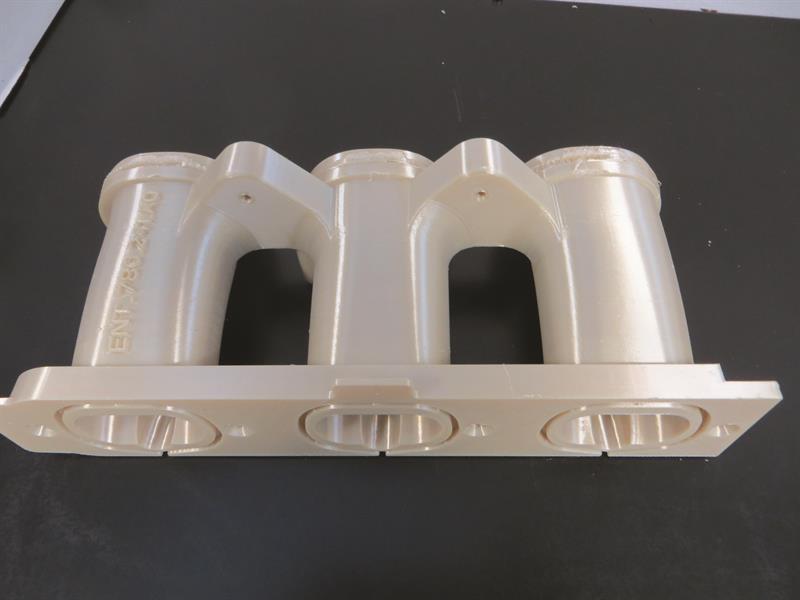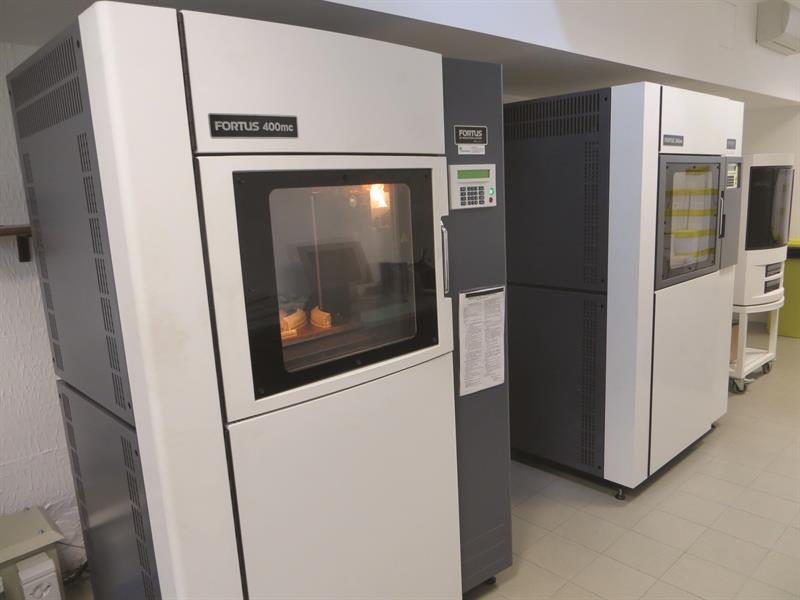As the home of Automobili Lamborghini S.p.a., Sant'Agata Bolognese, in Northeastern Italy, can genuinely lay claim to being a manufacturing epicentre for some of the world's most sought-after super sports cars. From its very first models released in the mid-1960s, Lamborghini prides itself on a fifty-year heritage that has seen its brand become synonymous with extreme and uncompromising automotive design. Over half a century, the company has created a series of exclusive cars that include the 350 GT, Miura, Espada, Countach, Diablo, Murciélago, Gallardo and Aventador, as well as several limited series such as the Reventón, Sesto Elemento, Aventador J and Veneno.
Today Lamborghini is owned by Audi, part of the Volkswagen Group, which also boasts a prestigious stable comprising such brands as Porsche, Bugatti and Bentley. With its image and value proposition as important as ever, the company relies upon the most pioneering technologies to uphold its reputation for automotive excellence.
Track-ready racing parts
 3D printed air aspiration engine conduit produced in ULTEM 9085 3D printed air aspiration engine conduit produced in ULTEM 9085 |
Meeting this objective is aided by the company's continued use of Stratasys FDM-based 3D printing technology, which Lamborghini uses throughout the entire lifecycle of its parts, from rapid prototyping applications to direct digital manufacturing of end-use parts. Indeed, Lamborghini's use of the technology to print track-ready parts is exemplified within the Lamborghini Blancpain Super Trofeo, a major international one-make racing series organised by the company.
According to Fabio Serrazanetti of Lamborghini's car body technical department, the requirement to produce high-strength end-use parts, tough enough to endure the rigours of high-speed racing, as well as the need to create complex geometries in a very tight timeframe, led the company's engineers to explore Stratasys' Fortus 3D Production Systems.
"We use Stratasys technology to produce FDM-printed end-use parts because, quite simply, it meets all the requirements demanded of it," he explained. "In the motor racing world, the capability to very quickly output highly durable parts and components within a seemingly unlimited design scope offers an unprecedented advantage. We use our Fortus 3D Production Systems to typically – but not exclusively – produce high-performance aesthetic parts, including profiles and air conducts."
In-house prototyping
Beyond the race-track, Stratasys has also accelerated Lamborghini's rapid prototyping applications by slashing costs and enhancing workflow efficiencies. Having previously outsourced its prototyping requirements, operations were brought in house in 2007 with the installation of a Stratasys Dimension 1200es 3D Printer. This was followed by a Fortus 360mc Production System three years later, before the most recent investment in 2013 – the Fortus 400mc with a large build envelope.
As Serrazanetti explained, the in-house FDM printing systems quickly delivered a raft of important and tangible benefits: "Outsourcing our rapid prototyping operations proved both a lengthy and costly exercise," he said. "Today we have overall greater control of such projects and have optimised lead times and reduced costs in the process."
Serrazanetti and his team utilise Stratasys' technology predominantly to produce scale models and advanced functional prototype parts for design verification and fit and form suitability. These include an array of different exterior parts – from section bumpers, grills, aesthetic frames and those in the engine bay – to various interior parts that span door panels, seat covers, steering wheels along with aerodynamic components such as conveyors and air heaters. FDM eliminates tooling, which keeps costs down and allows rapid iteration on new designs without manufacturing constraints.
|
Material selection
Within these applications, the choice of material used will vary according to high temperature requirements and the level of stress subjected upon the model during assembly, dimensional and mechanical testing.
"We aim to use materials that mimic the material properties of the final product as far as possible," said Serrazanetti. "For example, we currently use Stratasys' ULTEM FDM thermoplastic with the Fortus 400mc to produce high-performance parts for the grill as they will be subjected to high temperatures from the engine compartment.
"We also use production-grade thermoplastic, ABS-M30, as well as PC-ABS," he added. "Indeed, this is perfectly suited to producing certain interior parts as it also offers excellent feature definition and surface finish, making it better aesthetically."
In addition, Serrazanetti and his team use the ULTEM material to respond to the occasional urgent request from technicians at Lamborghini's Advanced Composite Research Centre. "We're sometimes called upon to produce ULTEM models, on which very thin carbon fibre sheets are laid down and moulded around to produce carbon fibre parts," he commented. "Using ULTEM in this way reflects the key attributes of FDM technology in that it allows us to quickly and confidently produce extremely strong complex parts when the timeframe leaves the technicians with no other option."
Serrazanetti typically tests functional prototype parts on static scale model cars in a dedicated area of Lamborghini's quality control department, as well as mount 3D-printed parts onto working prototype versions of the company's next launches. These cars then undergo more intensive track or road testing in order to gauge a more realistic performance evaluation of specific parts during the development phase.
Given the ability to dramatically improve cost and production efficiencies within Lamborghini's rapid prototyping operations, Serrazanetti admited that Stratasys 3D printing technology makes his and his team's life easier. "At the moment Stratasys' technology delivers the fastest and most economical means of constructing prototype parts for us," he concluded.
Poly Jet Technology Tim Fryer looks at the latest innovation that allows multi-material printing. One aspect that has limited the use of 3D printers, or at least made the time taken to print a single object more lengthy by having multiple passes, is that the majority can only use a single material. Stratasys has tackled this obstacle with its latest Connex machines.The Connex printers use PolyJet technology. Leslie Frost, marketing communications manager of Stratasys, commented: "They will take multiple materials and deposit digitally mixed droplets.Just like you would mix CMYK to create multiple different colours, this is mixing multiple materials and creating a whole range of material properties."The materials in question are proprietary photo polymer resins, cured by UV light, that vary from very rigid to very flexible and by combining them materials can be produced that replicate many other substances. Frost continued: "We have created a material that has the same characteristics as digital ABS does when printing. We've created a polypropylene like material, a rubber-like material.They're not the end use material, but they perform like that material, so they're perfect for testing, they're perfect for prototyping. This has brought product realism to a whole new level."In three material mode it prints at about half an inch an hour, irrespective of the area of the piece. |


 Stratasys' Fortus 400mc 3D Production System produces parts that include Nolders - an aerodynamic profile installed under vehicle bumpers
Stratasys' Fortus 400mc 3D Production System produces parts that include Nolders - an aerodynamic profile installed under vehicle bumpers